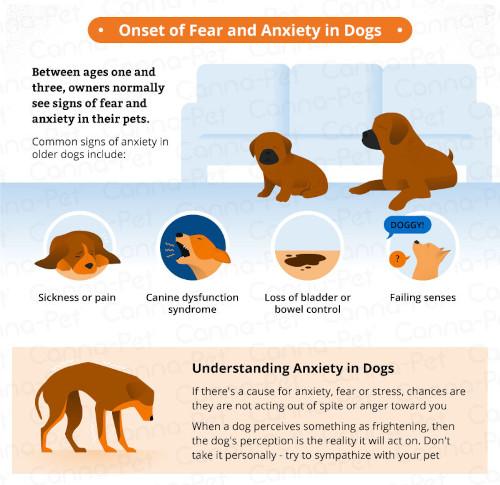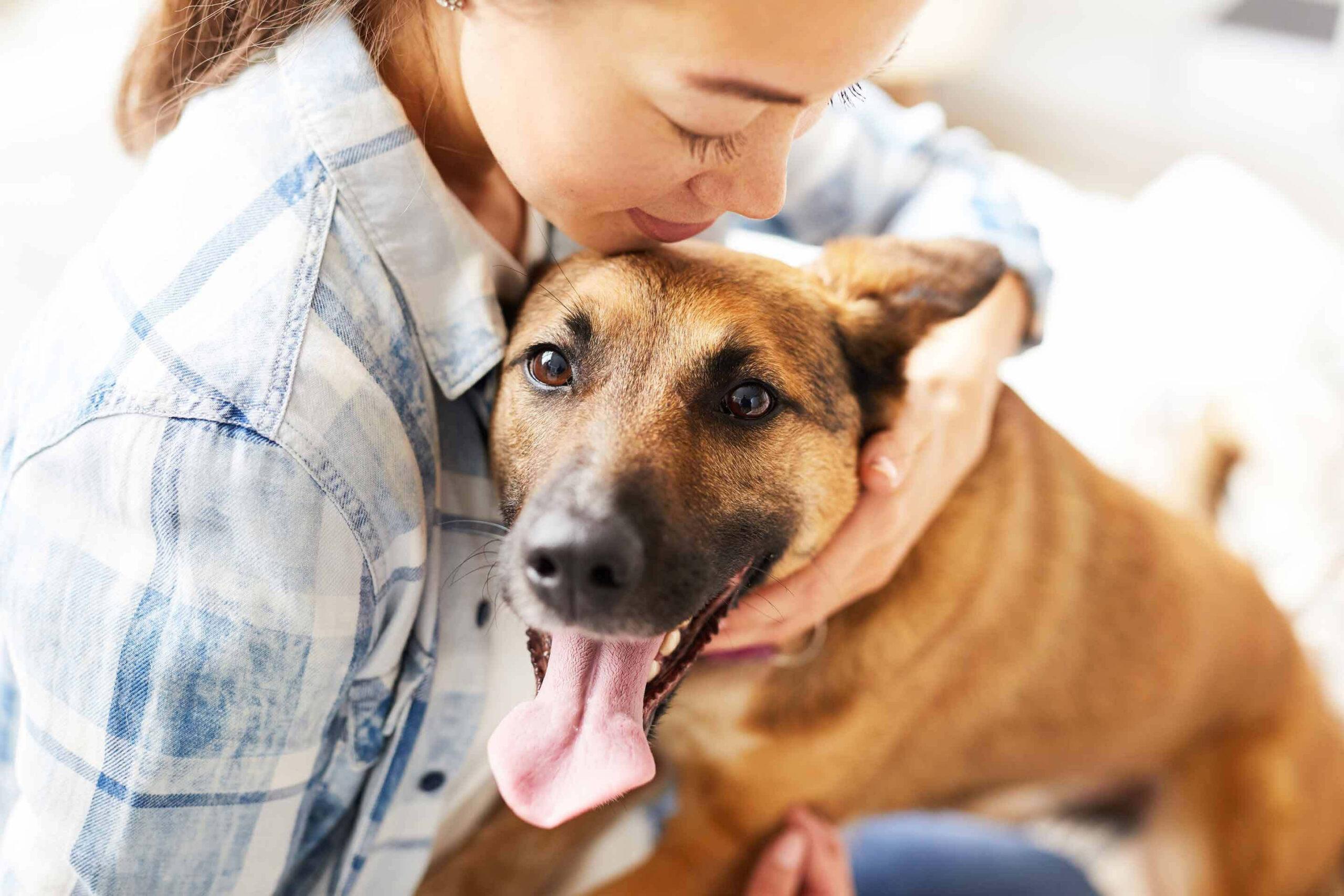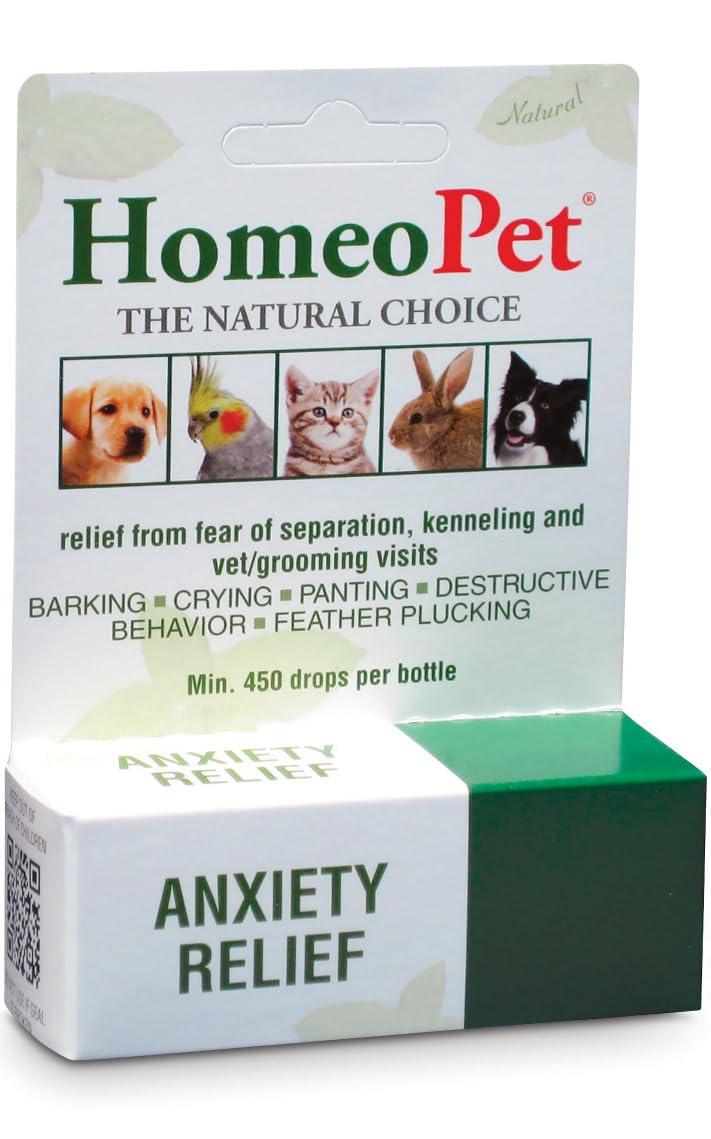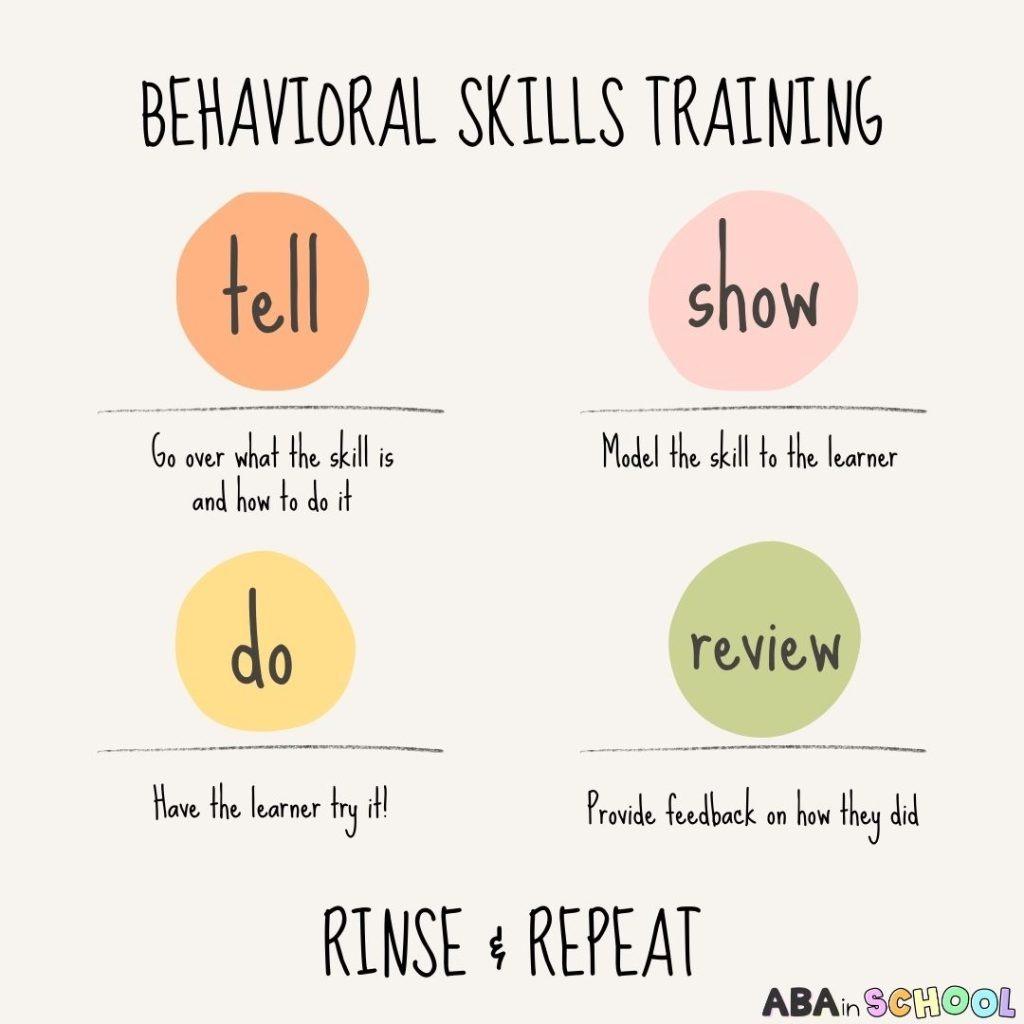
Decoding Pet Anxiety: Insights and Solutions for Your Furry Friends
Decoding Pet Anxiety: Insights and Solutions for Your Furry Friends
In a world filled with bustling cities and ever-shifting routines, our beloved pets frequently enough find themselves grappling with a silent but profound challenge: anxiety. From the nervous whimper of a dog left alone during the day to the anxious pacing of a cat on a stormy night, thes signs can be a cause for concern for pet owners. While we instinctively want to understand and alleviate their discomfort, the nuances of animal anxiety remain shrouded in mystery. This article aims to unravel the complexities of pet anxiety, providing valuable insights into its causes, manifestations, and most importantly, effective solutions. Whether you’re a seasoned pet owner or a new companion to a furry friend, join us on this journey to decode the silent language of anxiety and discover how to create a more comforting surroundings for our four-legged family members.
Table of Contents
- Understanding the Roots of Pet Anxiety: Common Triggers and Behavioral Signs
- Creating a Safe Haven: Environmental Adjustments to Calm Anxious Pets
- Holistic Approaches to Relief: Natural Remedies and Therapeutic Techniques
- Building a Stronger Bond: Behavioral Training and interactive Solutions
- To Conclude

Understanding the Roots of Pet Anxiety: Common Triggers and Behavioral Signs
To identify and effectively manage pet anxiety, it’s essential to recognise the underlying triggers that can disturb their emotional well-being. Common stressors include loud noises, such as thunderstorms and fireworks; changes in routine, like moving to a new home or a shift in family dynamics; and social interactions with unfamiliar people or animals. These situations can overwhelm pets, leading to signs of distress that owners should be vigilant about. Observing your pet’s reactions in these contexts can shed light on potential anxiety problems.
Behavioral signs of anxiety often vary among pets, but several indicators are widely recognized. Common manifestations include:
- Excessive barking or meowing
- Pacing or restlessness
- Destructive behavior, such as chewing furniture
- Hiding or seeking refuge in small spaces
- Changes in eating habits, either refusing to eat or overeating
- Excessive grooming, leading to bare patches or skin irritation
Building an understanding of these triggers and signs is crucial for fostering a supportive environment for your pet.Implementing gradual desensitization techniques or creating a safe space can help alleviate their anxiety and enhance their overall quality of life.

Creating a safe Haven: Environmental Adjustments to Calm Anxious Pets
To foster an environment where your furry friends feel safe and secure, it’s essential to consider their surroundings. Start by creating a designated safe space within your home, where your pet can retreat when feeling overwhelmed. This area can be equipped with comfortable bedding, familiar toys, and calming scents. Make use of soft lighting and soothing background noise, such as gentle music or white noise machines, to further create an inviting atmosphere. Consider the following adjustments:
- Comfortable Bedding: Use plush mats or blankets that smell like you.
- Quiet location: Place the safe space in a low-traffic area away from loud noises.
- Calming Scents: Utilize pheromone diffusers or natural calming oils (ensure they are pet-safe).
- Toys and Treats: Keep favorite toys or treats nearby to encourage positive reinforcement.
Pay attention to the overall sensory experience in your home. Minimizing potential stressors can considerably impact your pet’s anxiety levels. If loud noises are a common issue, consider soundproofing elements such as heavy curtains or acoustic panels, which can absorb sound effectively. Moreover, creating a secure outdoor area can be beneficial. Make sure to implement these additional strategies:
- Fencing: Ensure the yard is securely fenced to prevent escapes and stress.
- Safe Plant life: Choose non-toxic plants to create a calming environment.
- Outdoor Shade: Provide shaded spots for pets to retreat to when outside.
- Routine: Maintain a consistent schedule for feeding and walking to instill a sense of security.

Holistic Approaches to Relief: Natural Remedies and Therapeutic Techniques
Finding effective solutions for pet anxiety requires a multifaceted approach that embraces natural remedies and therapeutic techniques. Many pet owners are turning to holistic options to help ease their furry friends’ stress levels.Some popular natural remedies include:
- Herbal supplements: Ingredients like valerian root and chamomile can definitely help promote relaxation.
- Aromatherapy: Essential oils such as lavender and cedarwood may reduce anxiety when diffused in the home.
- Rescue Remedy: A floral essence blend that many pet owners swear by for immediate calming effects.
In addition to these natural options,there are several therapeutic techniques that can significantly benefit anxious pets. Incorporating methods like:
- Behavioral modification: Training helps pets develop coping strategies for stressful situations.
- Physical exercise: Regular activity can help burn off excess energy and reduce anxiety levels.
- Massage therapy: Gently stroking your pet can not only bond you together but also alleviate stress.
| technique | benefits |
|---|---|
| Herbal Remedies | Promote tranquility and reduce anxiety symptoms. |
| Aromatherapy | Creates a calming environment, enhances mood. |
| Exercise | Releases endorphins, improves overall well-being. |

Building a Stronger Bond: Behavioral Training and Interactive Solutions
Creating a supportive environment for your pet starts with understanding their behaviors and reactions to anxiety triggers. Behavioral training plays a pivotal role in this journey. By engaging in consistent positive reinforcement techniques,you can teach your furry friend healthier coping mechanisms. consider incorporating strategies like:
- Desensitization: Gradually exposing your pet to anxiety-inducing situations in a controlled manner.
- Counter-conditioning: Associating feared experiences with positive outcomes,such as treats or playtime.
- Routine Establishment: Implementing predictable schedules to provide a sense of security.
Alongside behavioral methods, interactive solutions such as toys and apps designed specifically for anxiety relief can also be beneficial. products that engage your pet’s mind, such as puzzle feeders or interactive playsets, can distract them from stressors. The following table encapsulates some effective options:
| product Type | Benefits |
|---|---|
| Puzzle Toys | Stimulate mental engagement and promote problem-solving skills. |
| Calming Treats | Natural ingredients help soothe stress and anxiety levels. |
| Interactive Games | Encourage physical activity and social interaction, reducing anxiety. |
To Conclude
As we close the chapter on understanding pet anxiety, it’s clear that our furry companions experience emotions that deserve our attention and empathy. By decoding the signals they send through their behavior, we can better provide the comfort and support they need. Whether it’s through training, environmental adjustments, or simply more quality time spent together, every small effort contributes to their well-being. Remember, the journey to helping our pets manage anxiety is not just about alleviating their fears—it’s also about strengthening the bond we share with them. as we become more attuned to their needs,we empower them to live their best lives,fostering a happier,more harmonious home for us all. Embrace the insights you’ve gathered here, and let the love you share guide your approach—becuase a relaxed pet means a more joyful life for everyone involved.





